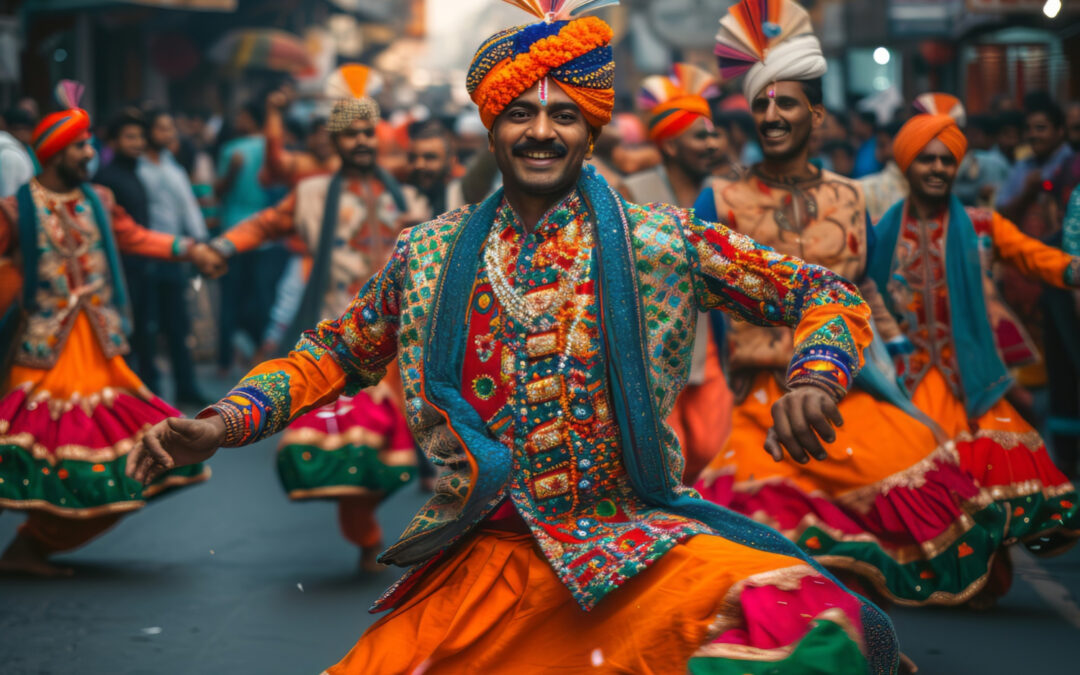Discovering the Spiritual Essence
Haridwar, which literally translates to “Gateway to God,” is renowned for its numerous temples, ghats (bathing steps), and ashrams. For spiritual seekers, a visit to the revered Har Ki Pauri ghat is a must. This iconic bathing ghat, believed to be the precise spot where the Ganges leaves the mountains and enters the plains, is thronged by devotees who come to cleanse their sins and seek blessings.
The Rituals and Festivals
The evening Ganga Aarti (a ritual of offering prayers to the Ganges) at Har Ki Pauri is a sight to behold. As the sun sets, the ghat comes alive with the sound of hymns, the fragrance of incense, and the mesmerizing sight of lamps floating on the river. This spiritual spectacle attracts visitors from far and wide, offering an unforgettable experience of devotion and tranquility.
Haridwar is also known for its vibrant festivals, the most famous being the Kumbh Mela, held every 12 years, and the Ardh Kumbh Mela, held every six years. These gatherings witness millions of pilgrims and tourists taking part in rituals, bathing in the holy waters, and seeking spiritual enlightenment.
Exploring Temples and Ashrams
Apart from Har Ki Pauri, Haridwar boasts a plethora of temples dedicated to various Hindu deities. The Mansa Devi Temple, perched atop the Bilwa Parvat Hill, offers panoramic views of the city and the Ganges. Accessible by a ropeway ride, this temple is dedicated to Goddess Mansa, believed to fulfill the wishes of her devotees.
Another must-visit is the Chandi Devi Temple, located atop the Neel Parvat Hill. Dedicated to Goddess Chandi, this temple is accessible via a trek or a cable car ride and offers breathtaking views of the surrounding landscapes.
For those seeking spiritual solace, Haridwar is home to numerous ashrams where visitors can participate in yoga and meditation sessions, learn about ancient scriptures, and immerse themselves in the teachings of renowned spiritual leaders.
Indulging in Local Cuisine and Shopping
No visit to Haridwar is complete without savoring its local delicacies. From piping hot kachoris (deep-fried bread stuffed with lentils or potatoes) to sweet jalebis (deep-fried syrupy sweets), the city offers a culinary journey that tantalizes the taste buds.
Haridwar’s bustling markets are a shopper’s paradise, offering a wide array of souvenirs, religious artifacts, and handicrafts. The vibrant bazaars near Har Ki Pauri and the Upper Road are ideal places to shop for religious items, traditional clothing, and local crafts.
Practical Tips for Visitors
- Best Time to Visit: The ideal time to visit Haridwar is during the winter months (October to March) when the weather is pleasant for sightseeing and outdoor activities.
- Accommodation: Haridwar offers a range of accommodation options, including budget guesthouses, mid-range hotels, and luxury resorts. It’s advisable to book in advance, especially during peak tourist seasons and festivals.
- Local Transportation: Auto-rickshaws and cycle-rickshaws are the most common modes of transportation within the city. Hiring a taxi or renting a bicycle are also convenient options for exploring Haridwar and its surroundings.
- Respect Local Customs: Haridwar is a sacred city deeply rooted in tradition and spirituality. Visitors are advised to dress modestly, remove footwear before entering temples, and respect local customs and rituals.
A visit to Haridwar is not just a journey of sightseeing but a soul-stirring experience that leaves an indelible mark on the heart and mind. Whether you’re seeking spiritual enlightenment, cultural immersion, or simply a peaceful retreat amidst nature, Haridwar beckons with its timeless charm and profound spirituality.

